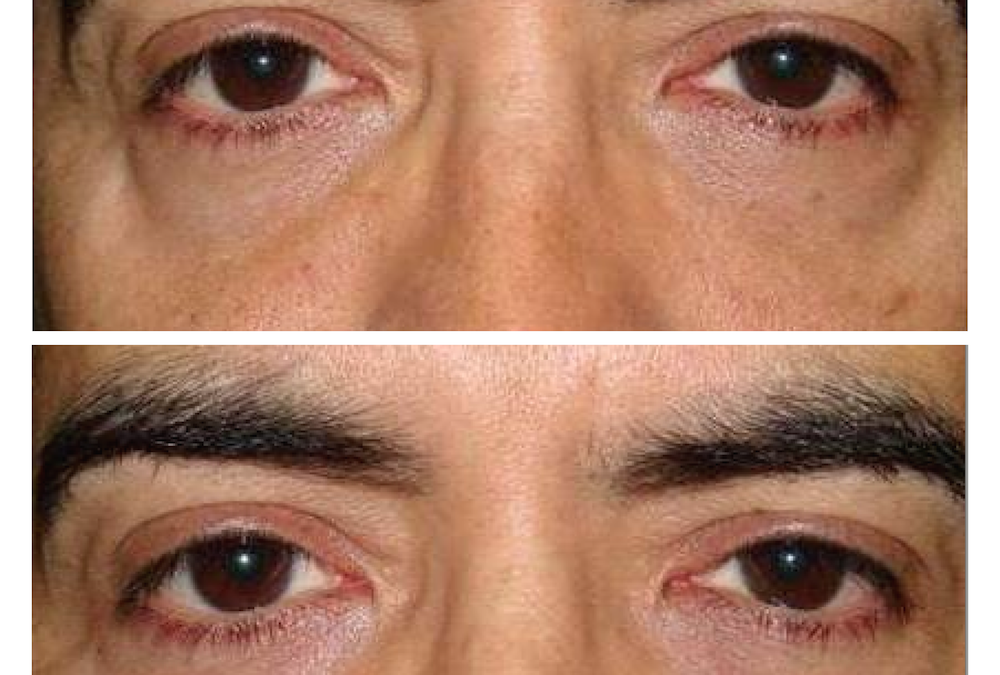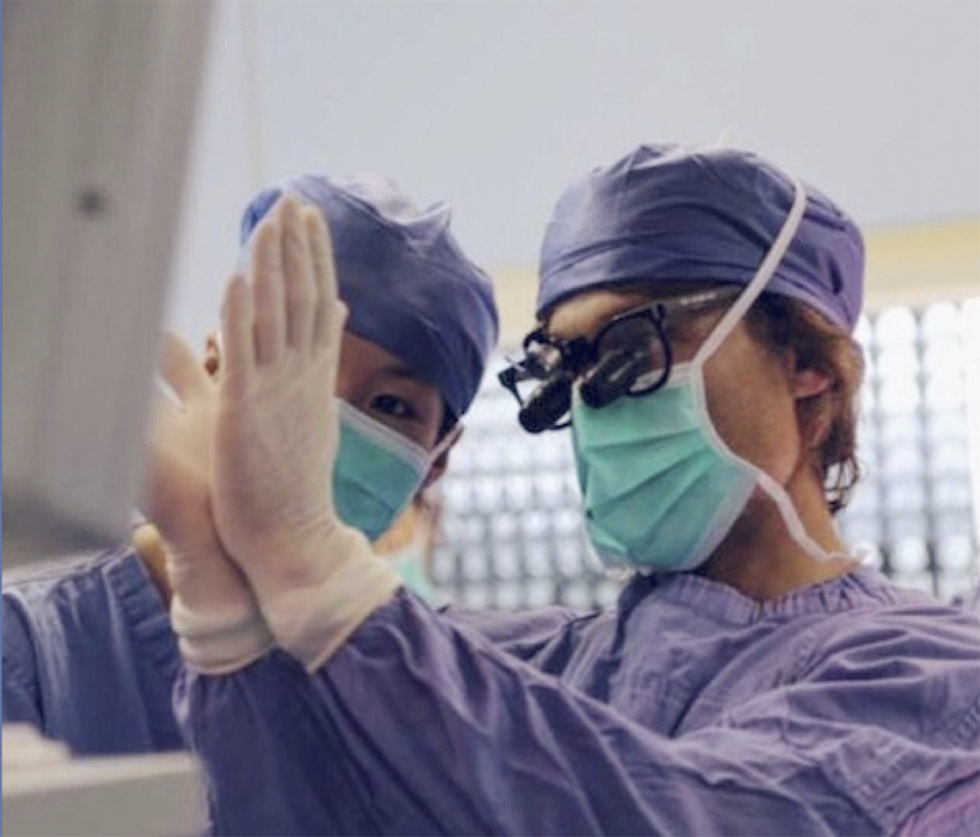Injectable fillers have become one of the most common facial aesthetic procedures performed in the world. They have become a standard in facial aesthetic practices and can make a profound difference in improving facial appearance. Most patients feel fillers (Juvederm, Restylane, etc) are a simple procedure, performed quickly with immediate and gratifying results. While this is typically true, fillers can lead to many complications – some of which are very serious. It is important for patients to be aware of these issues and make sure they see the most qualified physicians that know how to inject fillers so that complications can be avoided.
What Are Possible Filler Complications?
In this post, Dr. Guy Massry will review the most serious of complications – vascular occlusions (a blocked facial blood vessel) which can lead to skin necrosis (death) and even blindness. These are very RARE complications which most injector will never see in their careers. This is not meant to scare patients, but rather to inform them of the issue and educate them on how important it is to see a well-trained physician injector.
Here are the important points:
- Facial blood vessels interconnect (communicate with each other). This means if one blood vessel is penetrated by a needle or cannula when the filler is injected, the filler can get to another area on the face. When this occurs, a nearby or distant area blood vessel can get blocked by the filler material. This is how vascular events occur.
- To prevent this, an intimate “MEDICAL” knowledge of facial vascular anatomy is needed (through continued medical education).
- Injections can be given with a sharpe needle or a blunt tipped cannula. There is no scientific evidence, that cannulas are safer (less vascular events) – but most feel this is true. There is a learning curve to using the cannula. In Dr. Massry’s opinion, it is worth it. Also, recent scientific publications have shown that cannula delivery of filler is more exact/precise than filler given by a needle delivery.
- Injection technique is also critical to prevent such consular issues. Injections should be placed away from vessels, with fine movements, when the needle or cannula is drawn out, and not until there is an assurance that the injection is not in a blood vessels (by drawing back on the plunger of the syringe). Also very small amounts of filler should be given, with very low-pressure injection. ALL THESE STEPS ARE CRITICAL.
- Finally, NEVER have filler given (Hyaluronic acid gels such as Restylane, Juvederm, etc.) without a reversal agent (Hyaluronidase) available. THIS IS CRITICAL. Make sure your injector has this product for all injections or DO NOT DO IT.
Remember, always be safe and fillers can be an amazing facial aesthetic treatment!
Filler Before & After

Above is an example of a male patient before and after Restylane filler injections under the eyes to correct hollows and dark circles.
Contact Dr. Massry To Learn More
If you are interested in learning more about facial fillers, please contact our office to schedule a consultation with Dr. Massry. He is highly experienced in filler injections and provides his patients with safe and beautiful results! Call us at 310.657.4302!
Read More of Dr. Massry’s Blogs
Male Blepharoplasty – Age Appropriate Results Are Key
In recent years, there has been an increase in males who are interested in plastic surgery to rejuvenate their facial appearance. In a recent report published by the American Society of Plastic Surgeons, over 214,000 males in the US underwent a plastic surgery procedure. The report also showed that eyelid surgery is currently the second most popular plastic surgery procedure among male. If you are a male patient seeking surgical eyelid rejuvenation, it is important to find an oculoplastic surgeon, like Dr. Massry, who will provide age-appropriate blepharoplasty results. Read the full blog here.
Fun Facts About Eyelid Fillers
Everyone knows what fillers are used for, but Dr. Massry shares some fun facts about the history of fillers and how they actually work. Fun Fact #1 – Did you know in the early days of fillers, they were made from the comb (red appendage) on the top of the head of turkeys and chickens?! Don’t worry, this is no longer where filler comes from! Read the full blog to learn more fun facts about fillers.
5 Do NOT Rules of Lower Blepharoplasty
Lower lid blepharoplasty refers specifically to rejuvenating the area under the eyes. As people age, they may develop under eye bags, dark circles, or under eye hollows. The goal of a lower lid blepharoplasty is to reduce the appearance of eyelid bags, while simultaneously filling in any hollows or dark circles. When performed by an expert oculoplastic surgeon, like Dr. Massry, rather than simply removing all of the eyelid fat, the excess fat is instead transposed to reduce fatty pockets and fill in the hollows. This approach results in smooth, youthful under eye contours. Find out Dr. Massry’s 5 Do NOT Rules of Lower Blepharoplasty.



